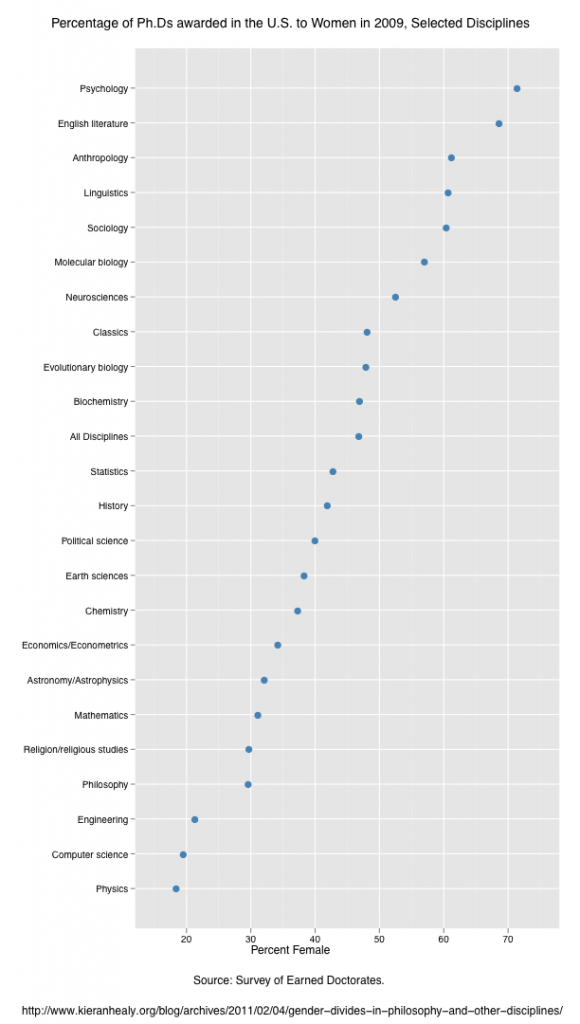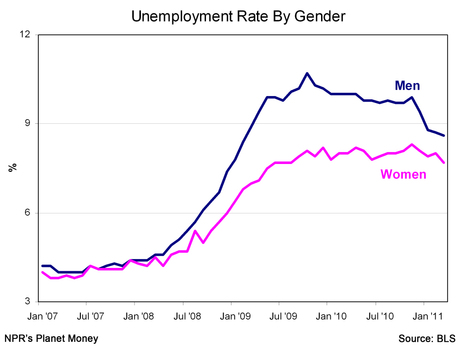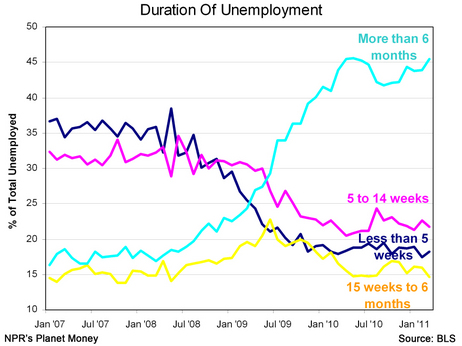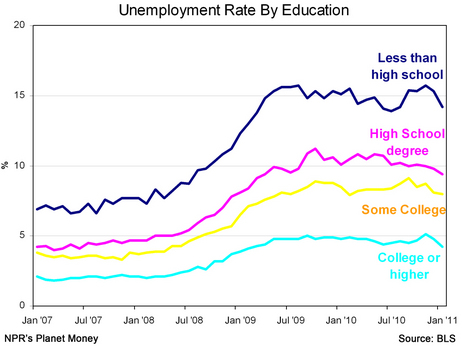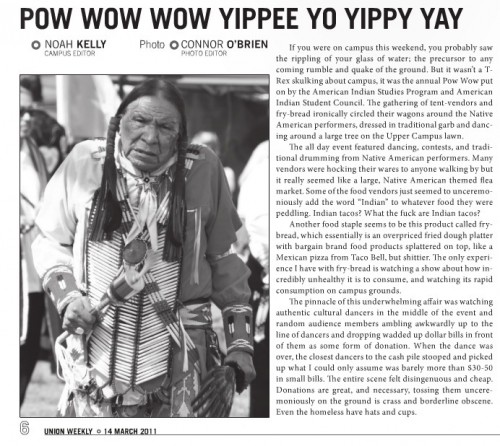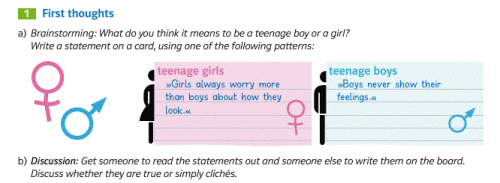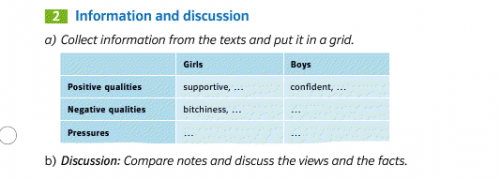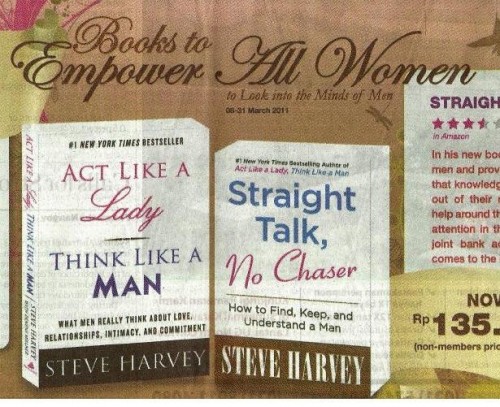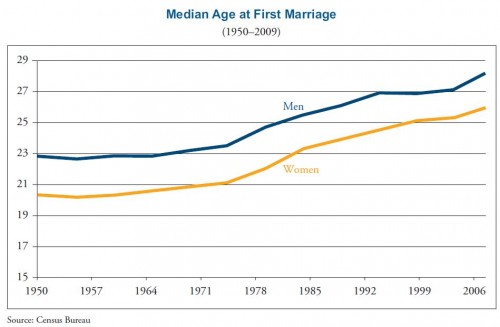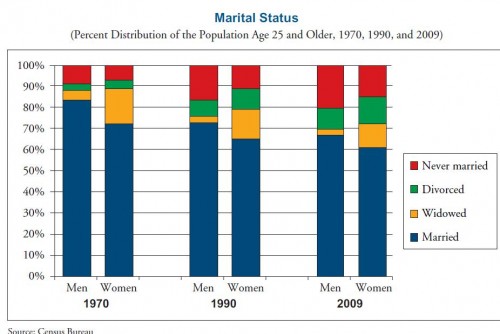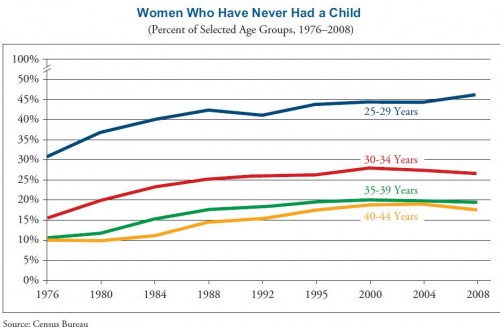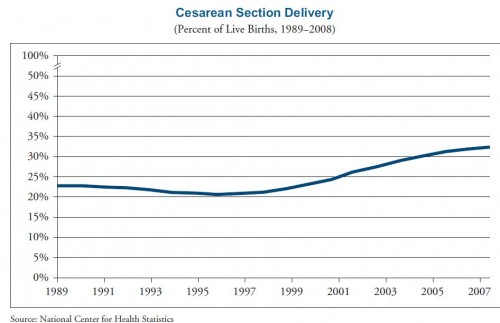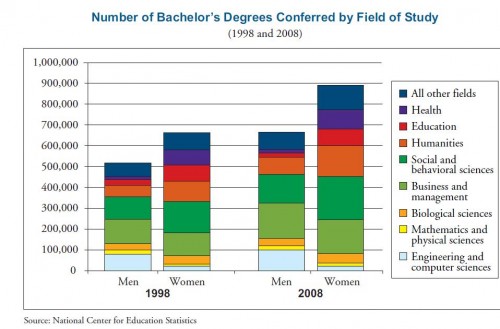From Abi, Kieran Healy, and the Survey of Earned Doctorates: 2009 data on the gender divide among doctorate-level graduates in academic disciplines (from most to least female by percentage). View the full pdf for even more detail.
Lisa Wade, PhD is an Associate Professor at Tulane University. She is the author of American Hookup, a book about college sexual culture; a textbook about gender; and a forthcoming introductory text: Terrible Magnificent Sociology. You can follow her on Twitter and Instagram.

